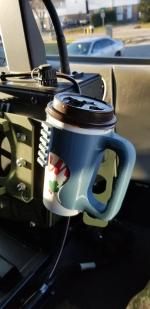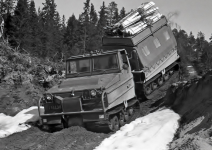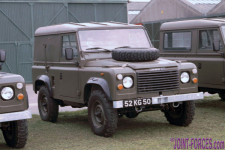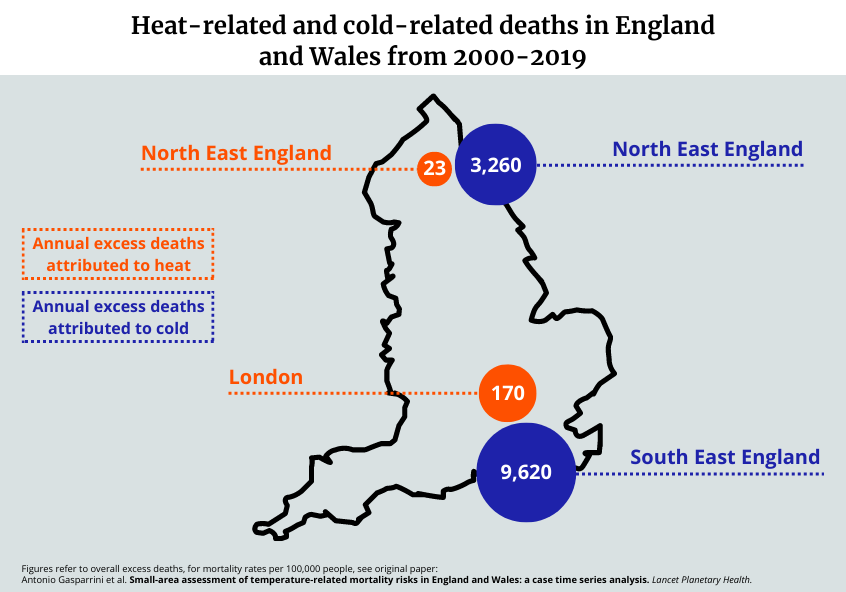No. No. I was referring to the overall contract price for the Cdn purchase and the European BvS10 one so as to get a feel for overall contract cost comparison. It's admittedly an apples and oranges thing vis a vis the actual per vehicle cost which is, of course, much lower than the $400k cited.
All that I'm saying is that for a given budget you can get a lot more ISVs than BvS10s and thereby give mobility to a larger number of troops.
Much of the basis for those statistics has to do with the fact that during our respective careers no one was shooting at us. (At least on purpose - I've had some splinters whip past uncomfortably close). Properly equipped and led, weather is a factor that can be dealt with. Bullets ...
There is a reason why the Brits still use open vehicles like the old Land Rover RWMIK and the Jackel and the Coyote for certain light roles.
IMHO there are three infantry vehicle classes that an army needs to have - Infantry fighting vehicles at the heavy armoured and armed end; lightly armoured or unarmoured vehicles for mobility of very light forces; and moderately armoured protected mobility vehicles (either tracked or wheeled) for the basic mechanized infantry role. Personally, I think that the LAV fits the last role albeit we try to have it border on the IFV role. The ISV fits that second ultra-light role. It's important to note that the ISV is transportable
inside a CH-47 and can be air dropped.












